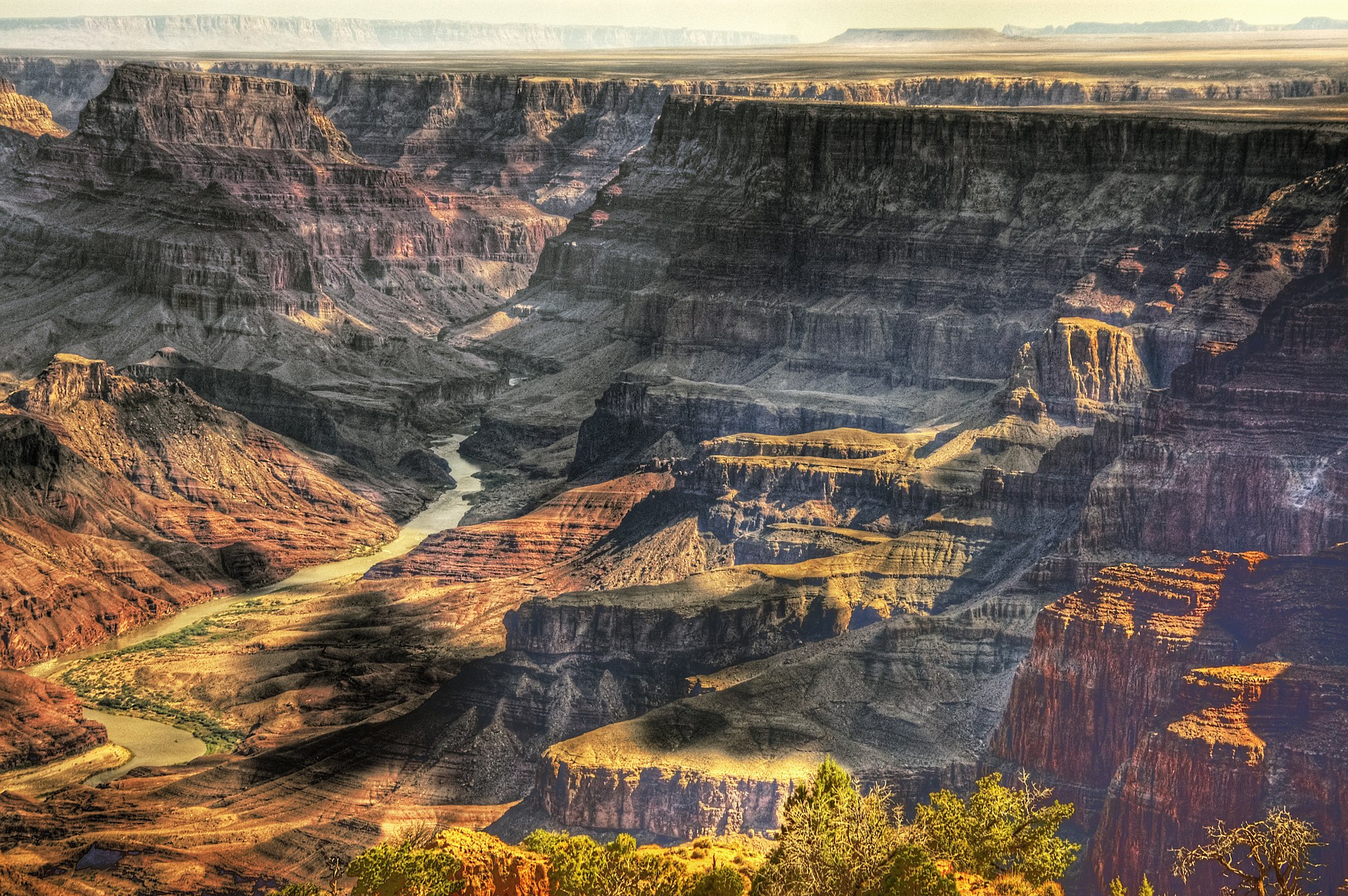Combating drought: Equal water shares for Colorado River users?

The Colorado River in the Grand Canyon
Hailey Brown - In early April, the Biden Administration announced a plan to split water shares from the Colorado River evenly. The proposal would cut California, Arizona, and Nevada’s share of water from the river by up to one-quarter. The potential split is due to the long-term drought that has caused the river’s levels to fall by up to one-third. The lakes it supplies — Mead and Powell — are also at historic lows.
The Colorado River, the bodies of water it connects, and the states that rely on it are an expansive network, each node affected by the other. It is the water source for 40 million Americans and parts of Mexico. Dams in Lake Powell and Lake Mead are responsible for generating electricity by turning turbines, which then power millions of corporations and households. Diminishing water levels put the energy source at risk. And if the water levels fall low enough, the river could eventually stop flowing. A treaty guarantees Native Americans in Arizona a specific share of water rights. So, the administration is left with a long list of tasks to balance when deciding to split up water shares. They must balance the needs of each entity in the network while preserving the river flow and lake levels. Drought is nothing new for the American West, which has been struggling to preserve water while facing growing populations and new developments which suck up the little water available. An unusually wet winter has drastically decreased the population affected by drought in Utah, but other states like Colorado have seen a much less drastic change in drought severity.
The impact of drought spans many scales. On the local level, residents may see calls from their city government to cut back on water usage by watering their lawns less, or even waiting to do so until later in the season. On the state level, there may be larger mandates. State governments share the responsibility to pass legislation protecting bodies of water at risk with the federal government. Regions often must work together to find solutions, as in the case of states connected by the Colorado River, many states in a region share at-risk water resources. Drought is not going away, and it is imperative that its effects be mitigated.
Image source: Wolfgang Staudt from Saarbruecken, Germany, CC BY 2.0

